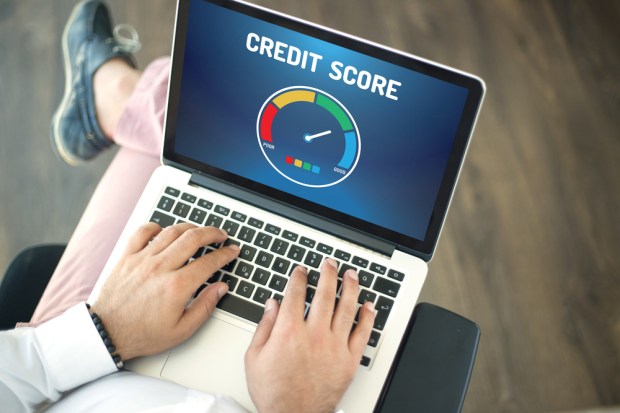Forty-Six Percent Of Americans Live Paycheck To Paycheck

When it comes to the economy here in the U.S., the big picture – call it the “top down” view – looks fairly rosy.
But take another approach – from the bottom up – and it seems that every rose has its thorn, or even, possibly, a few of them.
The economy is growing at a quickened pace, at between 3 to 4 percent annualized in terms of gross domestic product, depending on what quarter you use as a jumping-off point. Stock markets are relatively high – volatile, yes, but still higher than seen in recent years. By and large, U.S. consumer spending is still on the rise, and as many as 80 percent of Americans feel they are more financially stable than they felt at the end of 2017.
These are all headline numbers.
Drill down a bit, as we did in the November edition of the “Financial Invisibles” report. The survey of more than 2,000 consumers found that – across a far-flung galaxy of 18,100 data points – there is a wide disparity between how credit is managed, how bills are paid and when, and how consumers view even the most basic of banking activities.
Consider the fact that as many as 6 percent of all those surveyed have not opened bank accounts and as many as 35 percent do not use credit cards, despite relatively easy access to plastic.
This time around, consumers surveyed have been segmented into four financial “personas,” spanning “no worries,” who have no collections activity and rarely miss a bill payment, to “second chances,” who have indeed had some credit-related collections activity, and have at least some bank and credit card accounts.
The “on the edge” population struggles to meet financial obligations, living paycheck to paycheck (more on this later). The “shut-outs” are on the end of the spectrum in terms of bank and credit accounts – by and large, they don’t have them and do not have access to them. The respective credit scores range from 733 for the “no worries” on down to 537 for the “shut-outs.”
A bit of conventional wisdom comes into play here, as the “no worries” segment had the highest incomes, and those with lower incomes tended to – and still tend to – miss at least some bill payments.
High Credit, But Still Some Pockets of Bill-Paying Bumpiness
The fact that 81 percent of consumers who said they felt as if their financial situation had improved or at least stayed the same since the end of last year comes as the average salary rose to $70,800 from $70,000 at 2017’s end.
The survey found that though credit scores were relatively high across the sample, only 54 percent have been able to save money each month, and 46 percent said they’d been living paycheck to paycheck. Amid the rosy headline numbers for the economy at large mentioned above, and amid the paycheck-to-paycheck mentality, 37 percent of “shut-outs” say they have no intention of paying their debts at all. Roughly 31 percent of respondents fell behind on their bills this year, compared to 42 percent in the fourth quarter of last year – an improvement to be sure, but still significant.
Drill down a bit more, and the “second chances” group sees some confidence eroding. As many as 25 percent of this cohort say their situation is worse than a year ago, up from the 23 percent who voiced this sentiment last year. Debt collection seems to be a more significant event here, where 41 percent of debt collection efforts involved credit cards and another 37 percent involved medical bills.
“Steady work and high credit scores are not enough to make consumers feel financially stable,” noted our findings. Beyond that, and again, gaining insight by cohort, 18 percent of “on the edge” respondents are out of work and rely on others to pay their bills, representing more than 10 percent of the U.S. population.
This all comes as credit is tightening. Firms such as Discover and Capital One have said they are becoming a bit more cautious in setting credit limits, and management at Capital One has signaled the belief that the economy “feels too good to be true,” as noted by CEO Richard Fairbank. Roughly 83 percent of Capital One’s domestic card balances are owed by sub-prime borrowers.
Perhaps, then, for a broad swath of the population, this is as good as it gets.
